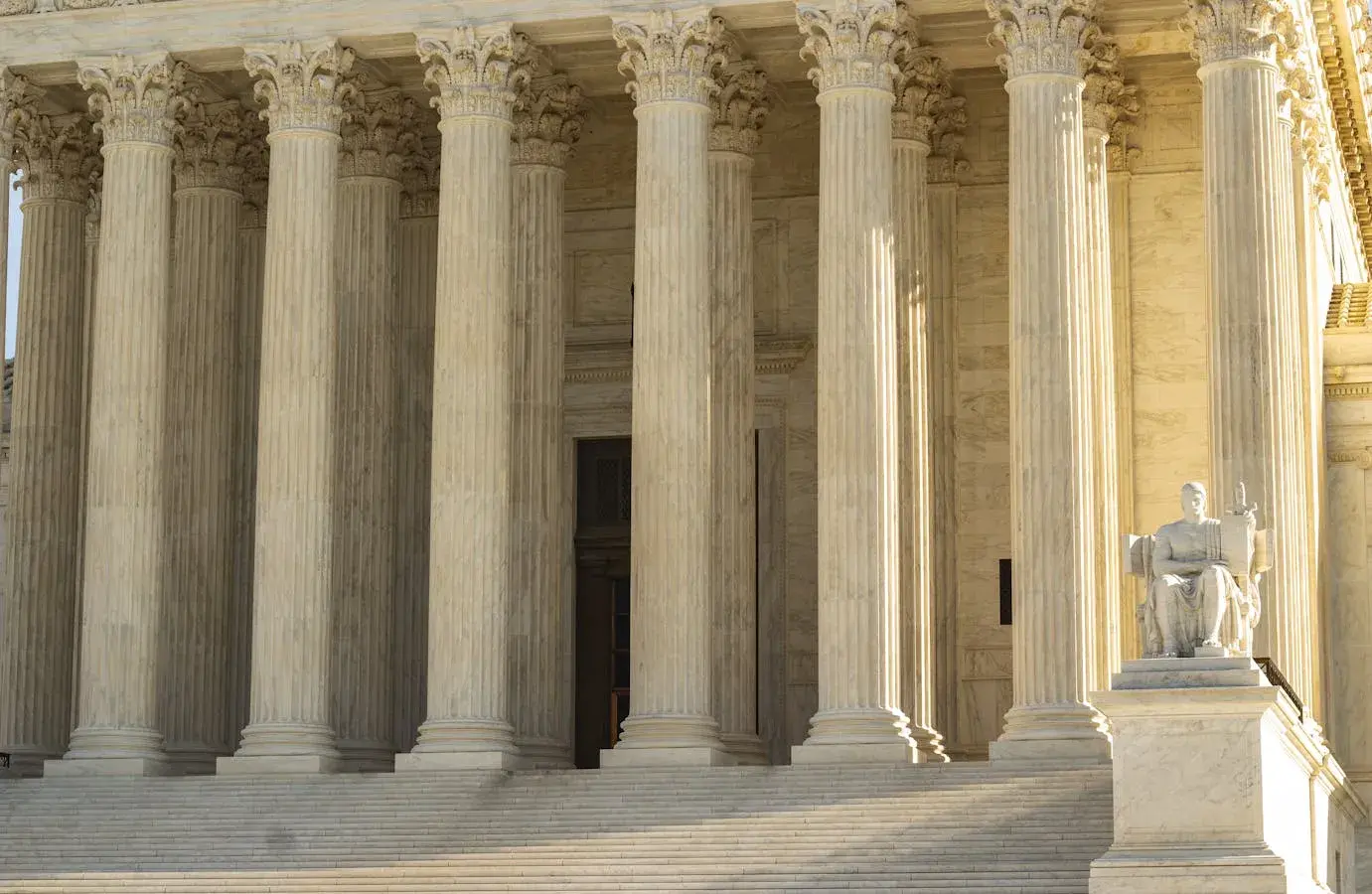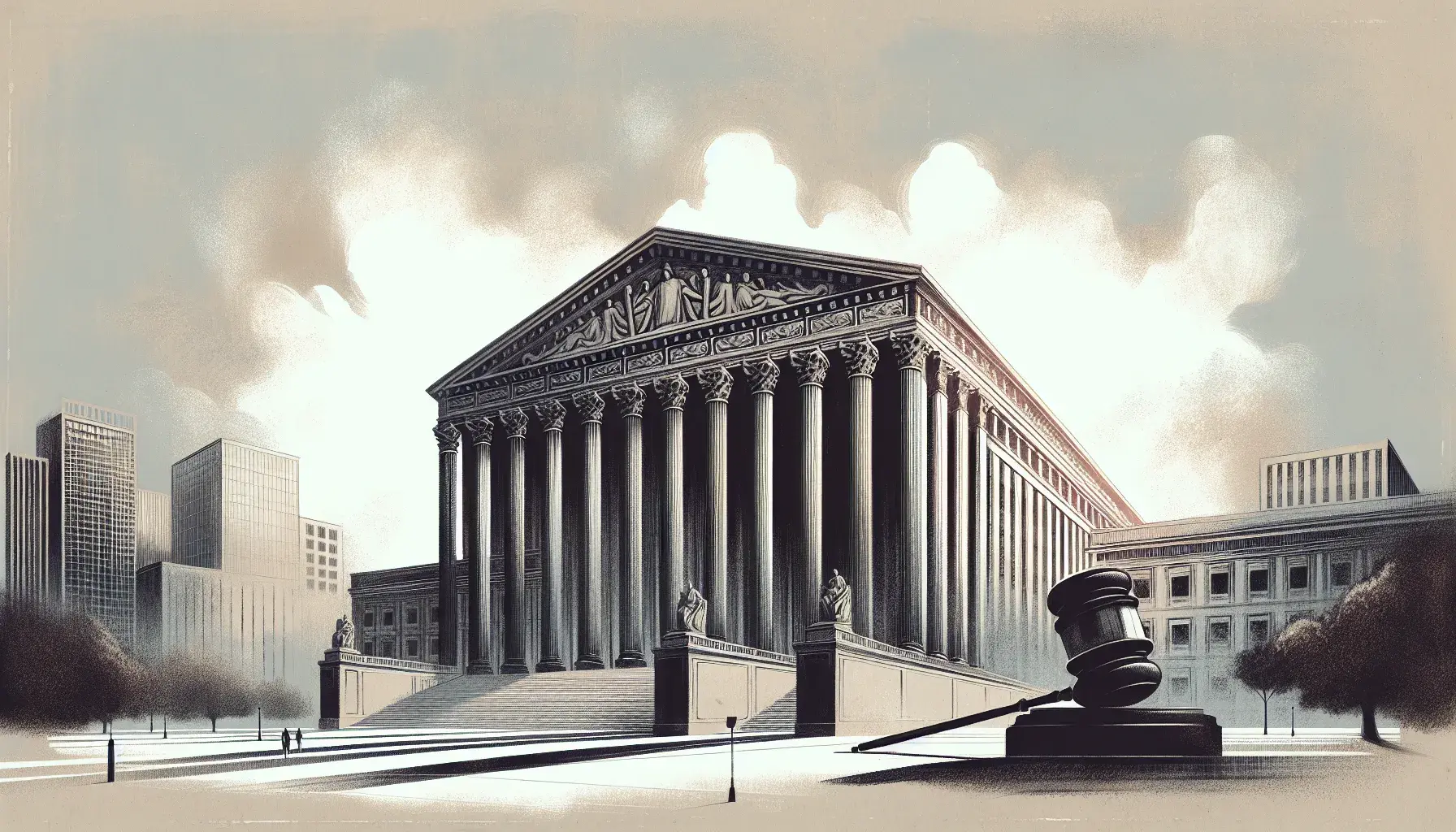Big Business Sits Out Supreme Court Tariff Fight
America’s biggest companies have largely stayed on the sidelines as the Supreme Court takes up a sweeping challenge to President Donald Trump’s emergency tariffs, leaving small firms to front a case that could reshape trade policy and presidential power.

What Happened
The justices heard more than two hours of arguments on November 5, 2025, probing whether the International Emergency Economic Powers Act (IEEPA) lets a president impose broad import duties without new approval from Congress. Several members of the court’s conservative majority joined liberal justices in questioning that theory, noting that tariffs look a lot like taxes—authority the Constitution vests in Congress. Lower courts have already found key parts of the tariff program unlawful, though they allowed the duties to continue while the case proceeds.
By late fall, the government had collected nearly $90 billion under these levies, a sum that could face refund claims if the challengers ultimately prevail. Several justices pressed the administration on why emergency powers—not explicit tariff statutes—should carry that load, signaling a potentially consequential ruling ahead.
Who’s (Not) Weighing In
Despite high stakes for global supply chains and consumer prices, few household-name corporations filed friend-of-the-court briefs against the tariffs. The U.S. Chamber of Commerce weighed in to oppose the policy, but the legal push is led by smaller businesses—including a Midwestern toymaker and a New York wine importer—arguing the duties are unlawful and destabilizing for companies that lack the scale to absorb sudden cost spikes. Big brands, meanwhile, have mostly opted for quiet lobbying and case-by-case exemptions, rather than a public courtroom fight.
Why It Matters
The outcome will reverberate far beyond the plaintiffs. A decision narrowing IEEPA could curb the White House’s ability to use emergency proclamations to rewire trade overnight, steering future tariff battles back through statutes like Section 301 or Section 232 that include clearer guardrails. If the court validates Trump’s approach, future presidents could wield broad tariff tools with limited congressional input—raising the stakes for businesses planning investments, pricing, and sourcing.
What’s Next
A ruling is expected in the coming months. Even if the justices rein in the emergency-based tariffs, administration officials have suggested they could rely on other trade laws to keep duties in place. For companies, the practical question is twofold: how quickly any legal changes would translate into lower costs at the port—and whether uncertainty itself continues to act like a tax on new hiring and investment.
Sources
- Mystery conservative donors bankroll opposition to Trump’s tariffs — Washington Post (November 4, 2025)
- Conservative Supreme Court justices appear skeptical of Trump’s sweeping unilateral tariffs — Associated Press (November 5, 2025)
- Supreme Court appears sceptical of legal basis for Trump tariffs — Financial Times (November 5, 2025)
You May Also Like
These Related Stories

Big Business Sits Out Supreme Court Fight Over Trump Tariffs

Big Business Sits Out Supreme Court Fight Over Trump Tariffs

No Comments Yet
Let us know what you think